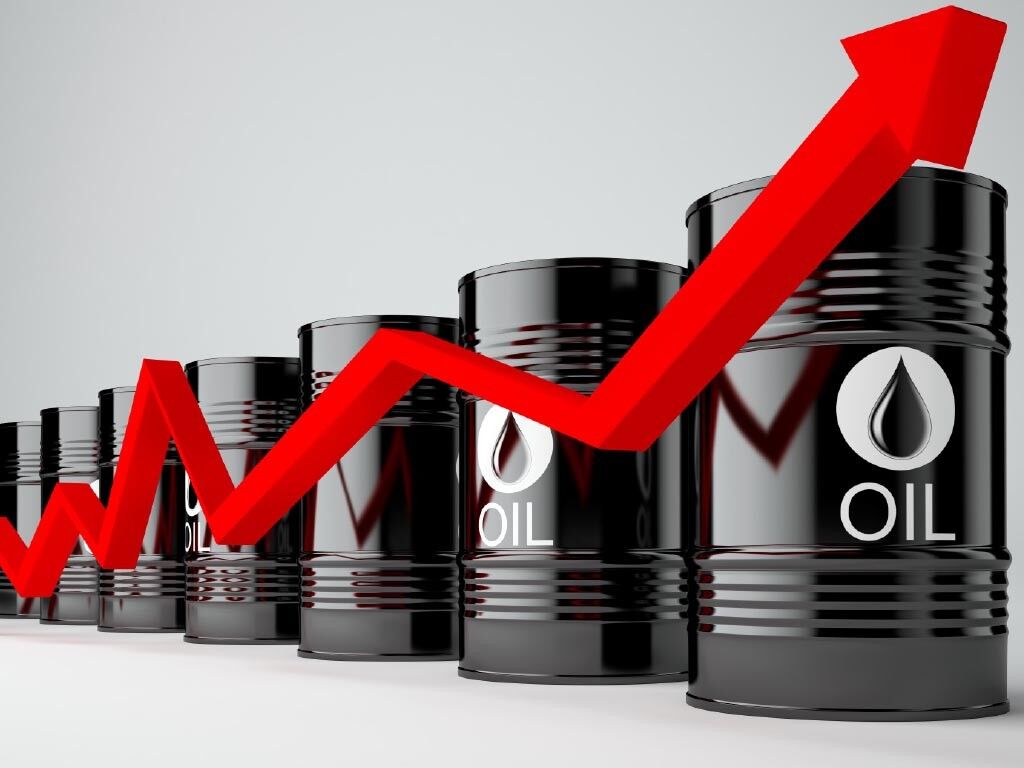Brent futures climbed 14 cents to $83.69 a barrel at 0729 GMT after rising 2.4% last week. U.S. West Texas Intermediate (WTI) inched up 3 cents to $80 a barrel following a 4.6% gain last week, Reuters reported.
"Signs of tightness in the physical market continue to push crude oil higher. Output cuts by the OPEC+ alliance continue to reduce supply as the market worries about the renewed tensions in the Middle East," ANZ analysts said in a note on Monday.
The Organization of the Petroleum Exporting Countries and its allies (OPEC+) are extending their voluntary oil output cuts of 2.2 million barrels per day (bpd) into the second quarter and this is expected to cushion the market amid global economic concerns and rising output outside the group, with Russia's announcement surprising some analysts.
Russia will cut its oil output and exports by an additional 471,000 bpd in the second quarter, in coordination with some OPEC+ participating countries, its Deputy Prime Minister Alexander Novak said on Sunday.
While there has been little price movement because the OPEC+ decision had been expected, low-sulphur, or sweet, crude markets are tightening, widening Brent spreads, traders said.
The prompt Brent intermonth spread widened 6 cents to 92 cents a barrel, while the six-month spread gained 9 cents to $4.43 in backwardation, a sign that traders are expecting supply to tighten ahead.
Backwardation refers to the market structure where prompt prices are higher than those in future months and is a sign of lower supply or higher demand.
The OPEC+ cuts would lead to a lower production from the group at 34.6 million bpd in the second quarter against an earlier forecast that output could rise above 36 million bpd in May as producers unwind supply cuts, Jorge Leon, a senior vice president at consultancy Rystad Energy said in a note.
"This new move by OPEC+ clearly shows strong unity within the group, something that was put into question after the November ministerial meeting, which saw Angola leaving OPEC," he said.
"It also shows robust determination to defend a price floor above $80 per barrel in the second quarter."


Your Comment